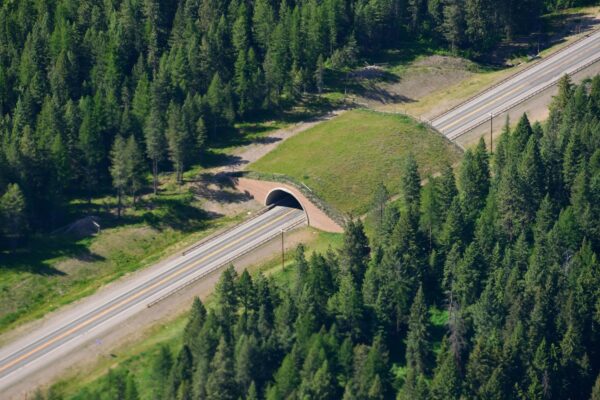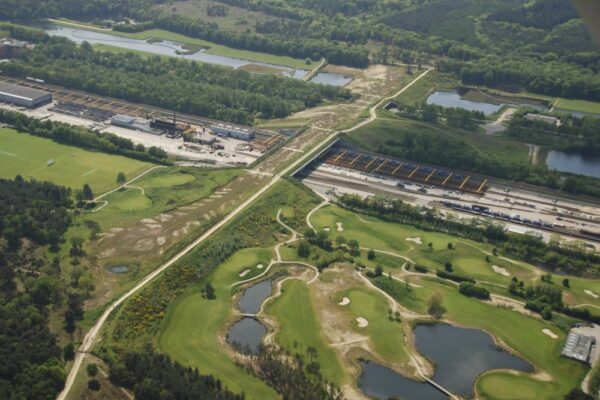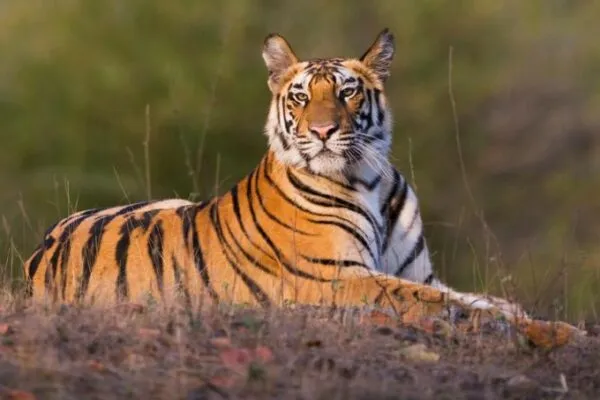Longest Indian Flyover in Kaziranga National Park to Protect Wild Animals from Vehicle Hits
Kaziranga National Park spread through 430 km sq. area is situated on the floodplains of Brahmaputra River in the state of Assam. It is a home for tigers, elephants and the world’s largest population of Indian one-horned rhinoceroses. Recently, the central government has proposed to build a flyover on the National Highway 37 (NH37), which passes through this wildlife sanctuary to help protect wild animals.
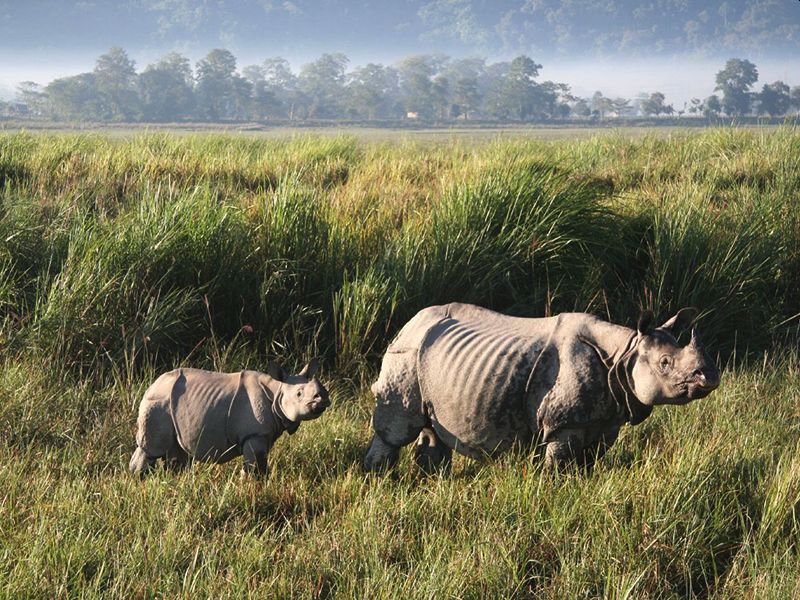
Kaziranga National Park is home for largest population of Indian one-horned rhinos / Representational Image: Untravel
The aforesaid proposal is being planned in the coordination with National Green Tribunal (NGT), various other wildlife authorities and the Assam State government. Given the death toll of wild animals due to vehicle hits, the authorities have decided to execute the construction of the flyover on NH37 to create a safe passage for animals while the vehicles can commute without causing any harm to the animals.
The government has planned an estimated budget of more than ₹2,500 crore for the project. The construction work of Kaziranga National Park flyover will start from the next financial year and the Detailed Project Report (DPR) is to be prepared within the next two months. Once completed this would probably be the country’s longest flyover till date.
There are several animal corridors across the highway and the proposed flyover is supposed to save the animals from being hit and save the passengers from the delay caused when wild animals unintentionally block the highway.
The park’s animals frequently move to higher grounds of the adjacent Karbi Anglong Elephant Reservoir during the annual floods. The animals cross the highway in the process to escape from floods and reach Karbi Anglong. Very often these animals get hit by speeding vehicles and lose their lives.
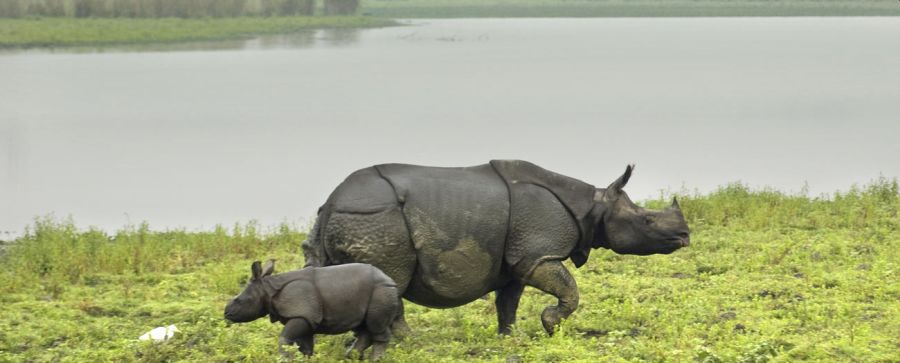
Many endangered wild animal species like Indian rhinoceroses die due to vehicle hits / Representational Image: Kaziranga National Park
In the past decades, there has been a high casualty of animals passing through the highway. In 2013, an RTI activist Rohit Chaudhary filed a case in NGT pointing out the high animal death toll. More than 250 animals were hit and killed by speeding vehicles on National Highway between 2003 and 2013.
According to the proposed agenda, the existing highway will remain intact and provide passage for tourists who want to pass through the national park and enjoy its beauty. NH37 would also provide safe corridors for animals passing from one park to another. The flyover is for the passengers who do not want to halt on their journey. In a way, it is a win-win situation for the animals and travelers as well.
Although there is an excitement among people about this scheduled plan, this could create a chaotic environment during the construction process which might last for several years. It will disturb the animals, create obstacles for travelers and negatively affect the flora and fauna of the area.
Hopefully, this wildlife corridor will help bring the safe surroundings for wild animals that it promises.
Via: Hindustan Times
